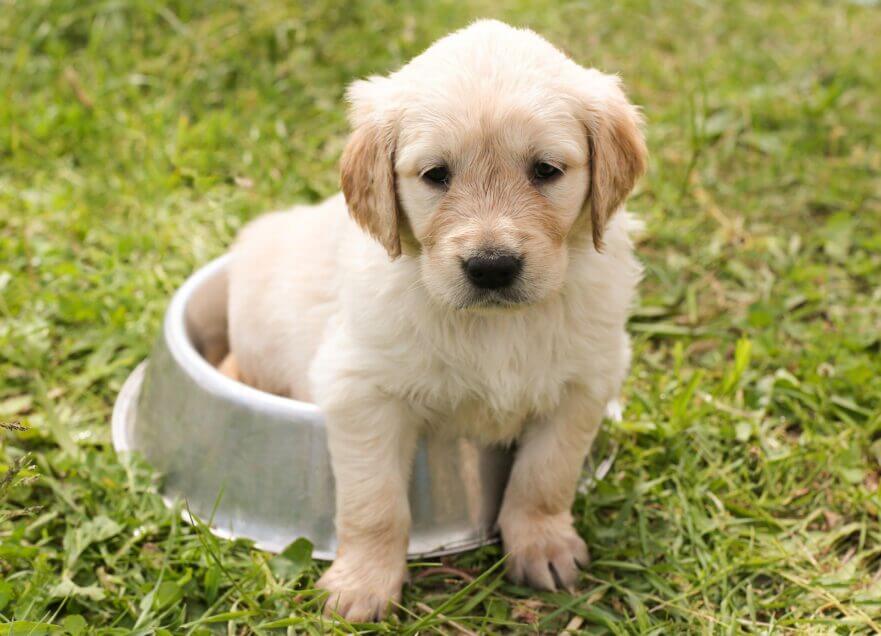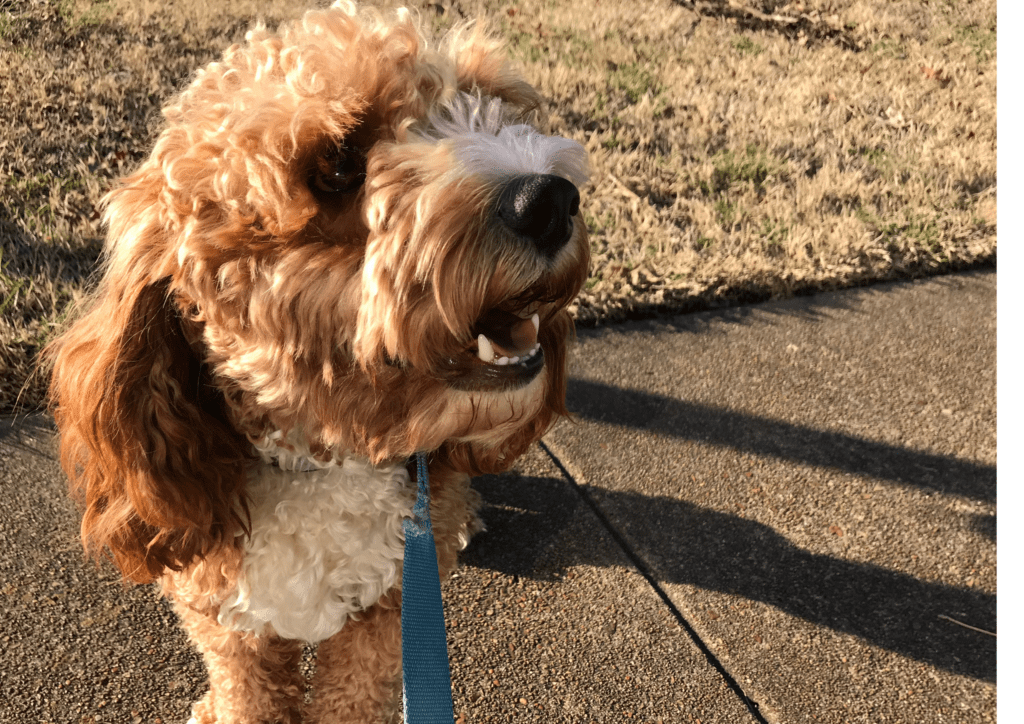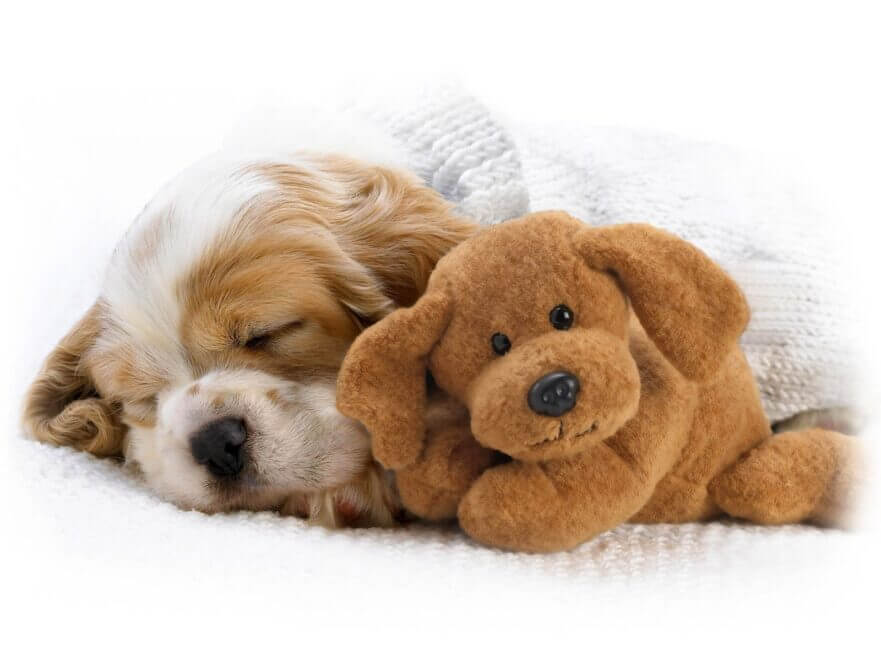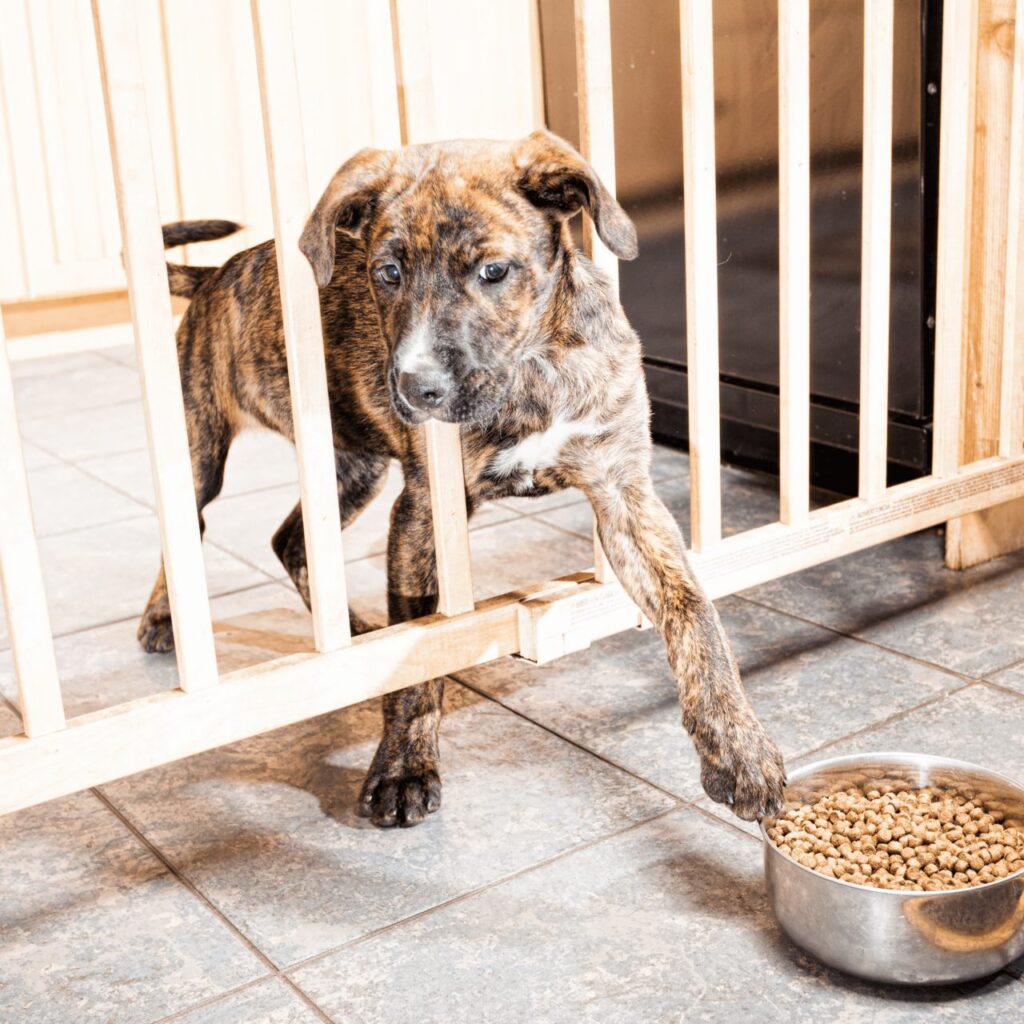
FREE Help I've Got A New Puppy Survival Guide
Sign up to our mailing list and we will give you all you need to know on making your first 7 days count. Includes sleep, feeding, toilet training, chewing and much more!
Recent posts
Blog categories
Search the blog
My puppy has gone off their food
Posted on 3rd June 2021

Learn about normal eating behaviours
“How much to feed my puppy?” – the hardest thing ever, isn’t it?
You start off well, measuring and monitoring, feeding like the breeder told you to. But then your puppy grows and grows and you need to increase their food portions but you don’t want a fat puppy. So you increase the food by a little and then increase again when your puppy becomes a stone eating / snail eating / soil eating / plant eating monster.
Then almost over night they stop eating. They leave some food or look at you as if you are giving them a bowl of poison.
There are several reasons why your puppy may stop eating. The most common is teething; at around 11- 13 weeks, those first bottom two teeth fall out, closely followed by the top ones and then the large bigger canines. At this point in their development you will see some changes in their behaviour:
- more chewing on hard items
- reluctance to be touched around the face / avoidance of head touches
- chewing on unwanted items such as slippers or wooden things
- reluctance wearing the head harnesses
- not wanting to eat
Food becomes tainted with discomfort. Kibble becomes much more tricky to eat due to the crunch on sore gums. So you give them lots of tasty stuff and now this is all they want to eat.
Here are our top tips for how to successfully feed your puppy
1. Remove the bowl
Feeding in a different location or using a different utensil can make a big difference. Licki mats or Kongs which can be refrigerated can really help soothe those gums. Dogs love to work a little for food but food in a bowl becomes boring after a while.
Watch our video on interactive feeding here
2. Soften things
If your puppy is on a kibble based food, try adding a tablespoon of boiling water to soften it slightly. You don’t want mush, just take off the sharp edges.
Once you have done this, it can be put into a Kong or another suitable food toy.
3. Use food in training
I like to reserve one of my puppy’s meals for training each day. Whilst it may not be of high enough reward for training outside; there are so many good things my puppy does indoors which I can capture with a food reward. This may be settling on a mat at my feet, keeping 4 paws on the floor to say hello, dropping something when asked or sitting nicely to have their lead put on.
If you keep food in a treat bag and this will be easier for you.
4. Don’t add extra ingredients
If you are worried about how little your puppy is eating, it’s fine to give other types of food but make sure that you do it separately. Do not mix with regular food.
Changing diets can create a real problem for your puppy’s digestive system. Stick with what they know. Good quality food is highly recommended.
5. Chew, chew, chew
To soothe your puppy’s mouth when they have new teeth coming through, try your puppy on lots of new chews.
We recommend:
- Yakers pressed yak milk bars
- Frozen carrots
- Rope toys soaked on bone or chicken broth and frozen
- Wooden chews such as olive branches or roots
- Buffalo horn
We also recommend liquidising and freezing their food – video here
Please note: if your puppy has runny stool or is eating very little, please consult with your vet as soon as possible.
Email: clair@talktothepaw.io | Mobile: 07969 036789 | Privacy Policy



